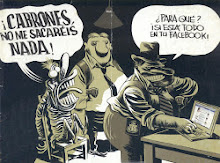Dr Stewart King, Monash University
The development of crime fiction in Catalan from the Civil War until today has been shaped by two major historic events: the Franco regime (1939-1975) and the reestablishment of parliamentary democracy following the dictator’s death in 1975. After the war a series of laws were enacted prohibiting the public use and teaching of Catalan and, during the early 1940s, the publication of books in Catalan. Indeed, in scenes reminiscent of Nazi Germany, books were thrown onto bonfires or pulped. However, from the mid-1940s the regime began to relax some of the restrictions on the use of Catalan, and books started to appear, some in clandestine editions. The effect of such policies on Catalan culture and identity cannot be underestimated. By 1975 only approximately 50 percent of the population could speak Catalan and even fewer could read it. In contrast, the return of democracy has seen the recovery and consolidation of Catalan as a language of communication and cultural production.
Francoist cultural policies shaped in many ways the sort of literature Catalans wrote, as many authors saw it as their duty to defend Catalan as a language of prestige by producing works of high culture. Others, nevertheless, felt that Catalan literature should cater for more diverse tastes by providing books, like crime novels, that catered to the tastes of a readership beyond the well-educated middle class. Of the latter writers, Rafael Tasis and Manuel de Pedrolo stand out.
Tasis was the first Catalan to write crime fiction after the war, publishing a trilogy of novels set in pre-war Barcelona: La Bíblia valenciana [The Valencian Bible] (1955), És hora de plegar[Quitting Time] (1956) and Un Crim al Paralelo [Crime on Paralelo Avenue] (1960), although the latter was actually written in Paris in 1944 where Tasis resided in exile until 1948.
At the same time Manuel de Pedrolo produced a handful of excellent novels in the hardboiled mode that represented – within the limits allowed by censorship – the asphyxiating and repressive atmosphere of the Franco regime, the most famous of which was Joc brut [Playing Dirty] (1965), a novel in the vein of James M. Cain.
While undoubtedly important as a novelist, in the history of Catalan crime fiction, Pedrolo is most remembered for promoting the translation of foreign crime fiction into Catalan when he established in 1963 La Cua de Palla [The Straw Tail], a series of – now iconic – yellow-covered crime novels translated in the main from English and French, including works by Simenon, Le Carré, Chandler, Hammett and Macdonald. Other series also appeared: Enjòlit [In Suspense] published Fleming’s James Bond novels and other thrillers between 1964-65, and L’interrogant[The Enigma] published several works by Agatha Christie in 1965. Although these series were commercial failures, the translations, often done by leading Catalan writers of the day, played a major role in consolidating Catalan crime fiction through the creation of a Catalan idiom capable of representing the world of crime fiction that later writers would draw on to produce their own fictions.
One such writer was Jaume Fuster, whose hardboiled novels and short stories, including De mica en mica s’omple la pica [Drop by Drop the Sink Fills] (1972), Les claus de vidre [The Glass Keys] (1984) featuring private detective Lluís Arquer [Lew Archer], a homage to Dashiell Hammett and Ross Macdonald, and Sota el signe de Sagitari [Under the Sign of Sagittarius] (1986), quickly became bestsellers.
Fuster blazed a path for numerous other authors to write crime novels, leading to a boom in Catalan hardboiled fiction as a means of engaging with the political and social changes after Franco’s death. Andreu Martín, who began writing in Castilian, produced well-plotted novels of urban terror in Castilian as well as Catalan. Ferran Torrent offered a Valencian perspective with his series of novels featuring an ex-boxer called Butxana, including No emprenyis el comissari [Don’t Piss Off the Commissioner] (1984). Mallorca too has its crime writers, including Antoni Serra and Maria-Antònia Oliver, whose three feminist crime novels featuring the sassy Lonia Guiu and investigating crimes against women have been translated into English: Estudi en lila [A Study in Lilac] (1991), Antípodes [Antipodes] (1993), and El sol que fa l’ànec [Blue Roses for a Dead … Lady] (1994).
The boom of the 1970s and 1980s went bust in the 1990s, as the hardboiled novel which dominated became tired and clichéd. It was only in the first decade of the twenty-first century that Catalan crime fiction became a fully established and diverse genre in which hardboiled heroes exploring political corruption sit beside police officers and amateur sleuths. For reasons of space, it is impossible to mention all writers or works, so with apologies to those left out I only offer a few notable examples.
The most original contemporary Catalan crime writer is Teresa Solana, who is best known for a trilogy of novels, available in English translation. In Un crim imperfecte [A Not So Perfect Crime] (2006), Drecera al paradís [A Shortcut to Paradise] (2007) and L’Hora Zen. Un crim refinat [The Sound of One Hand Killing] (2011) Solana reinvents the classic detective novel of Christie and Sayers, setting it in a postmodern Barcelona obsessed with image, in which the detectives have more secrets to hide than the criminals. Solana also writes short fiction and her “Still Life No. 41” was nominated for an Edgar in 2012.
Solana is just one of many women who write crime novels in Catalan. A pioneer in the Catalan genre was Maria-Aurèlia Capmany, who produced two excellent novels in 1959 and 1972 that were set in fictitious foreign countries to avoid falling foul of the Francoist censors. A largely ignored and forgotten writer, probably because she writes mystery novels very much in the tradition of Agatha Christie, is Núria Mínguez, author of 11 novels and short story collections written between 1974 and 2007. More recently, Montse Pou has published 15 dies de tardor[15 Days in Autumn] (2013), a novel that explores the female slave trade in Catalonia. Other writers, like Lluïsa Forrellad and Gemma Freixas situate their novels in foreign climes: Freixas’s Casino de Santa Isabel [The Santa Isabel Casino] (2013) investigates Spain’s disastrous colonisation of Equatorial Guinea, while Forrellad’s L’olor de mal [The Odour of Evil] (2009), set in Rome in 1951, features a morally ambiguous figure who played Nazis, fascists, monarchists and partisans off against each other during the Second World War.
While contemporary issues were the focus of Catalan crime fiction of the 1970s and 1980s, today many writers have mined Catalonia’s violent history to great effect. Marc Pastor, a forensic scientist with the Catalan police, won a major prize with La mala dona (2008), translated as Barcelona Shadows, in which he explores a historical figure, Enriqueta Martí, who in 1911-12 became known as the vampiress of Ponent Street. Other writers have set their crimes and investigations in post-war Catalonia, the best of them being Agustí Vehí’s Quan la nit mata el dia [When the Night Kills the Day] (2011), a linguistically experimental police novel narrated in Catalan, but with almost all the dialogue in Castilian, thus reflecting the linguistic reality of the day. Set in a small, regional town, the novel investigates the divisions between a triumphant, authoritarian regime and a cowed Republican Catalonia.
Vehí’s novel is one of a handful of recent novels situated far from the Catalan capital, including the Andorran setting of Albert Villaró’s Blau de Prússia [Prussian Blue] (2006), the Pyrenees of Carolina Solé’s Ulls de gel (2013) and the mostly rural setting of Pau Vidal’s humorous Aigua bruta [Dirty Water] (2006) which investigates crimes against linguistic- and bio-diversity.
Environmental concerns are also the subject of Jordi de Manuel’s Marc Sergiot series, particularly L’olor de la pluja [The Smell of Rain] (2006) set in a futuristic, dystopian Barcelona suffering from extreme drought. De Manuel’s fiction is noted for experimenting with the linear time typical of crime series, as the six novels published to date are set in 2015, 2008, 2002, 2017 (the year Sergiot dies), 2004, and 2014 respectively.
Given the rise of the independence movement in Catalonia, it is no surprise that conspiracy theories and political shenanigans associated with nationalism – both Spanish and Catalan – should be an increasing source of inspiration for contemporary writers. Jordi de Manuel explores the fictitious assassination of a charismatic Catalan politician in Mans lliures [Hands Free] (2009, although set in 2014), while Quim Aranda’s first novel, La noia d’Aberdeen [The Lass from Aberdeen] (2014) links Catalan and Scottish nationalism via the death of a Scottish professor who was advising the Catalan government on how to achieve independence.
Known originally as “novel·les de lladres i serenos” [Cops and robbers novels], the Catalan crime novel has now left behind this childish and somewhat superficial label. It has overcome political restrictions and the literary snobbery of the past, and is now considered a mature and serious genre that engages with the most pressing concerns of Catalans today.











































0 comentaris:
Publica un comentari a l'entrada